WASHINGTON, D.C.—New data from the Centers for Disease Control and Prevention (CDC) show that 136.9 million people visited the emergency department in 2015 and only 5.5 percent of these visits were considered “nonurgent,” according to the latest CDC National Hospital Ambulatory Medical Care (NHAMC) survey.
“Emergency care is a unique success story,” said Paul Kivela, MD, MBA, FACEP, president of ACEP. “No other medical specialty is the safety net for millions of patients with such a broad range of symptoms and conditions. The nation’s emergency physicians care for any patient, any time, regardless of ability to pay—and we play an increasingly integral role in our health system.”
Wait times continued to improve, according to the report. Typically, about 35 percent of patients waited less than 15 minutes to see a provider and 68 percent were seen in less than one hour. The median wait time to see a physician or advanced practice provider is 18 minutes, and the median time spent in the emergency department was around 180 minutes, which includes time with the physician and other members of the care team and other clinical services.
Injuries, stomach pain and chest pain top the list of conditions bringing patients to the emergency department. Various injuries accounted for about 28 percent of visits. Illness accounted for about 65 percent of visits, and mental health-related conditions or other reasons made up the remaining seven percent or so.
The leading causes of injury were falls (10.6 million visits, 25 percent of injuries) and motor vehicle crashes (four million visits, 9.6 percent of injuries).
Among the highest users of emergency care, 15.6 percent of patients are senior citizens (age 65 or older) and 19.8 percent are pediatric patients (under age 15).
“Patients are living longer, managing more complex and chronic conditions and for many reasons may not always receive regular primary care,” said Dr. Kivela. “This means the emergency department is now more than ever the ‘front door’ to the hospital – our care and reimbursement models must continue to evolve to reflect this reality.”
Nearly two in five (38 percent) of the 2.2 million emergency visits by seniors residing in nursing homes resulted in hospital admissions with an average length of stay reaching 5.5 days. And, a full two-thirds (67 percent) of hospital inpatients were processed through the emergency department, according to the Emergency Department Benchmarking Alliance, another source of performance data.
Among patients presenting with chronic disease, the most frequent conditions reported were hypertension (23.6 percent), diabetes (10.9 percent), asthma (9.8 percent), substance/alcohol abuse (9.4 percent), depression (9.3 percent), and coronary artery disease (6 percent). Patients with a primary diagnosis of a mental disorder visited the emergency department 5.7 million times. Slightly less than half of those patients were seen by mental health providers while in the emergency department.
For the second year, Medicaid and CHIP (Children’s Health Insurance Program) were the largest payment sources (34.8 percent). Private insurance covered 34.3 percent of visits, followed by Medicare (17.7 percent) and the uninsured (9.8 percent).
Some insurance companies continue to deny coverage for emergency visits that they do not deem to be emergencies, putting patients in the risky position of self-diagnosing, potentially delaying or avoiding necessary care.
“Your insurance company is legally required to cover your emergency visit based on your symptoms, not the final diagnosis,” said Dr. Kivela. “Insurance that abandons you in an emergency is no insurance at all. With nearly 90 percent of urgent and nonurgent symptoms overlapping, insurers should not leave patients to figure out themselves if their symptoms are truly life-threatening.”
The report also found that patients were transported to the emergency department by ambulance 23 million times in 2015. And, almost 60 percent of emergency care is delivered outside of traditional business hours (8am-5pm).
The CDC National Hospital Ambulatory Medical Care (NHAMC) survey is based on 21,061 emergency patient reports from 267 emergency departments. The data does not include freestanding emergency centers.
 American College of Emergency Physicians
American College of Emergency Physicians







